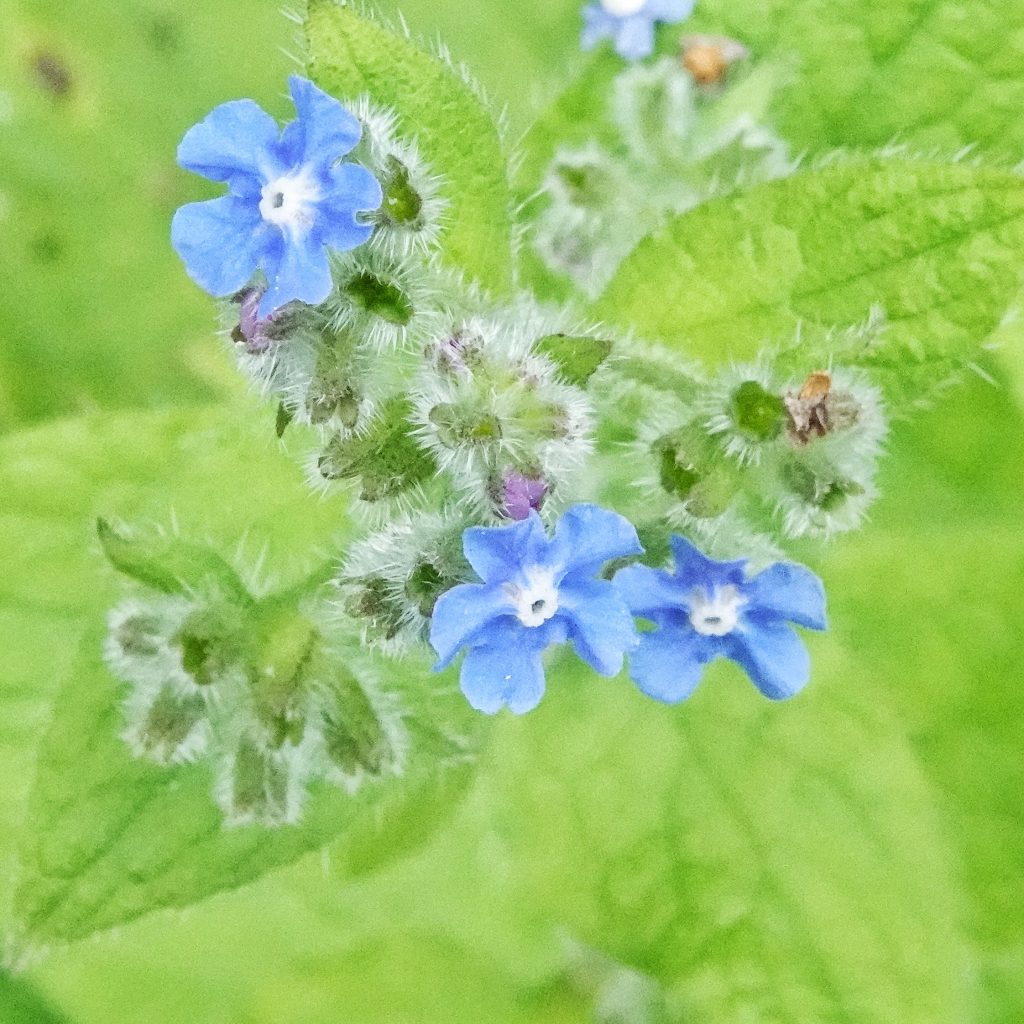
This extremely hairy, pretty, but non-native and invasive member of the family Boraginaceae, really confused me when I first encountered it on the Ridgefield NWR a dozen or so years ago. I couldn’t find anything that was a really good match in any of my field guides, although there were several plants that seemed similar. A year or so later, after Craig Sondergaard had given me an old copy of the 1st edition of ‘Flora of the Pacific Northwest’, I found it again, and decided to key it out. But I didn’t get very far, becoming almost immediately bogged down by unfamiliar terminology. Sometime after this I accidentally ran into (possibly on Facebook) a photo of Pentaglottis sempervirens and I thought ‘that’s my mystery plant.’ So I looked it up in all of my books and none of them, including ‘Flora of the Pacific Northwest’ (which, after all, came out in 1973, and according to Cowlitz County Noxious Weed Control Board Pentaglottis sempervirens was first found in Washington state in 1992) had it listed. But the more I looked at various photos, the more sure I was that it was P. sempervirens (which goes by the common names evergreen bugloss and green alkanet).
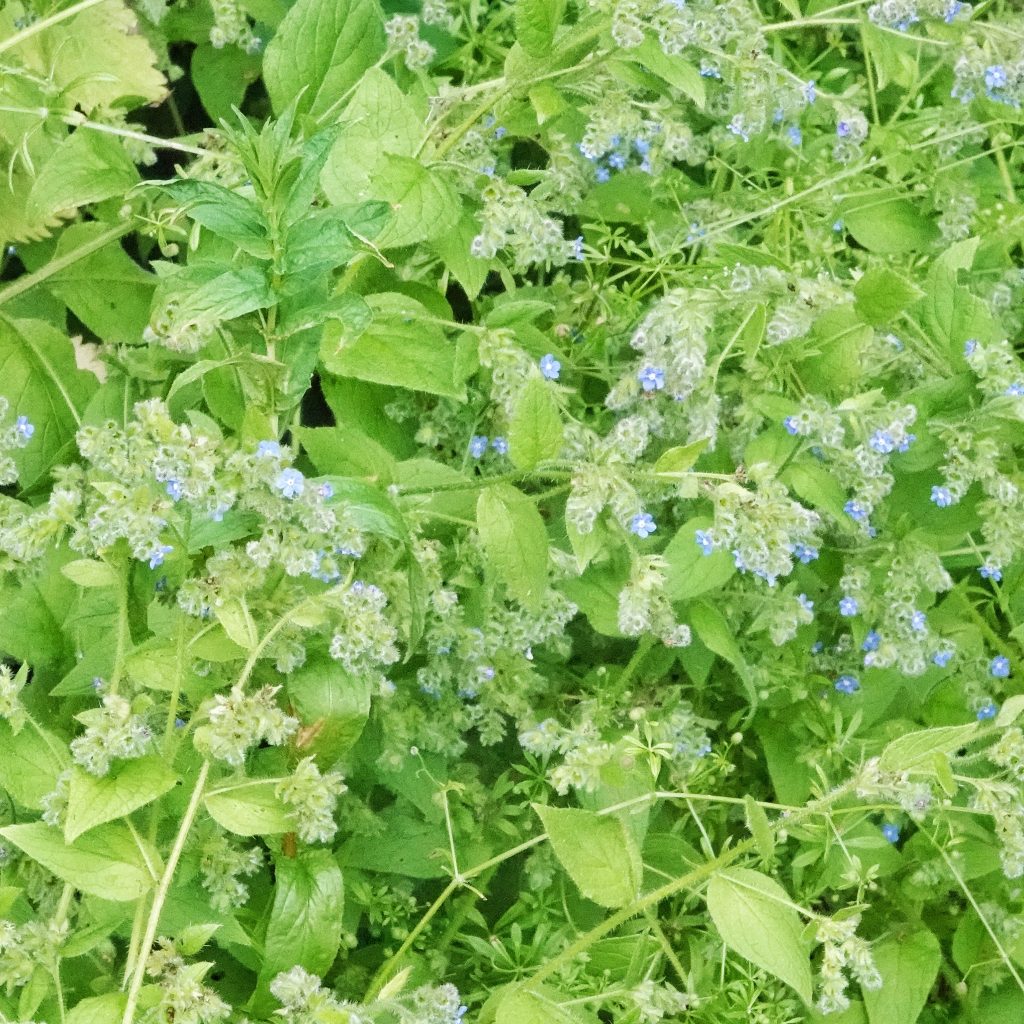
When the 2nd edition of ‘Flora of the Pacific Northwest’ came out in 2018 I saw that they now included P. sempervirens, but you had to find the nutlets to positively identify it. And it took until this summer before I managed to notice it at a time when the nutlets had matured, and found that they indeed had a short stipe and a thickened basal rim, and I was finally able to say definitively that the plant was Pentaglottis sempervirens.
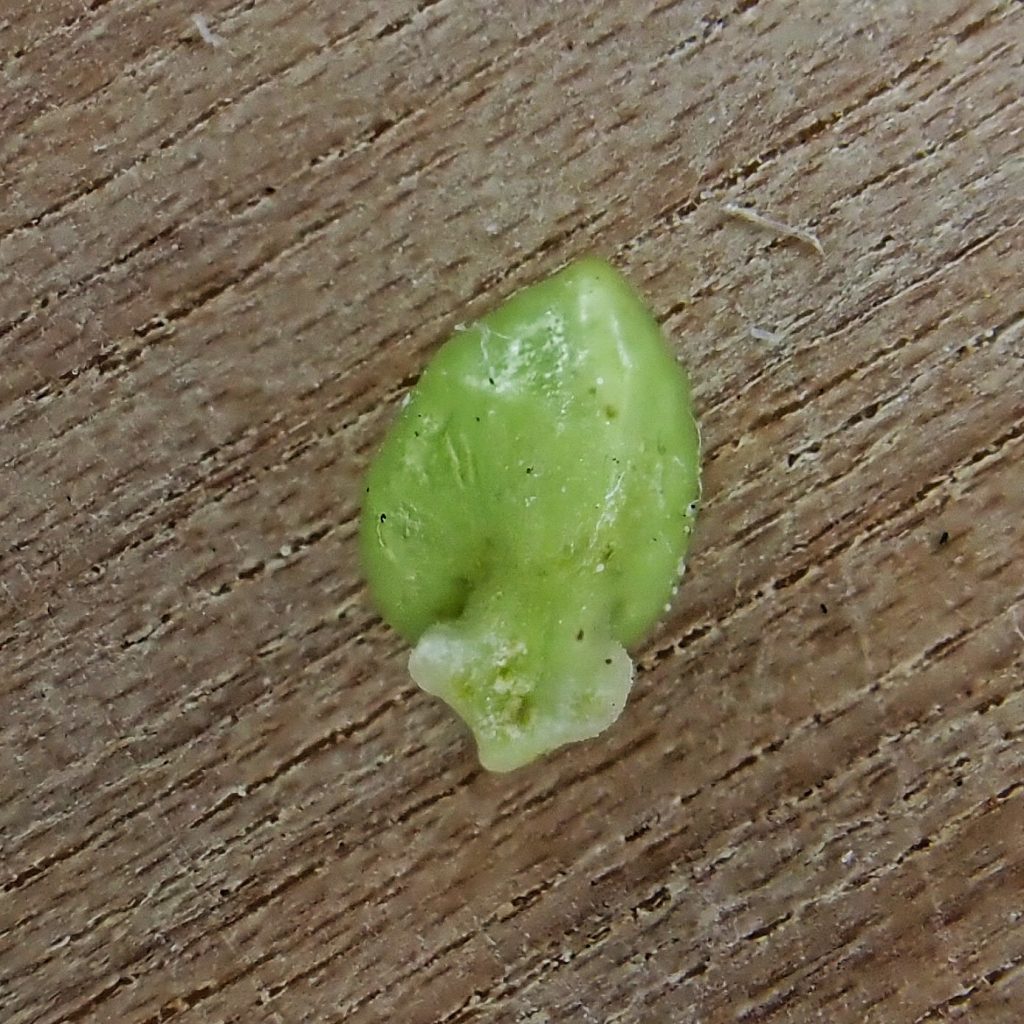
As a fairly recently introduced species there are no ethnobotanical references for this plant. As far as modern foraging, one site says “It was regarded as edible, though foul tasting, however it has now been shown to contain carcinogens”, Green Alkanet, and though I can’t seem to find any scientific data to back up that claim, I sure won’t be eating any. “Different species of the green alkanet plant have been used for many years as a dye. The roots can be used for a yellow dye and the leaves for an orange colour. Green alkanet is a popular ornamental plant because it can also be used as a dye for fabric or wool. A natural source of acid that helps break down fat stains from fabrics, the green alkanet should not be used on silk or woolens or any other delicate materials since it contains chloroform which could damage the fibres. It was also used in the past as a medicine to treat wounds, sore throats, and stomach problems”, Green Alkanet (Pentaglottis Semperviren), and again, caution would be strongly advised before using it medicinally, due to potential toxicity.
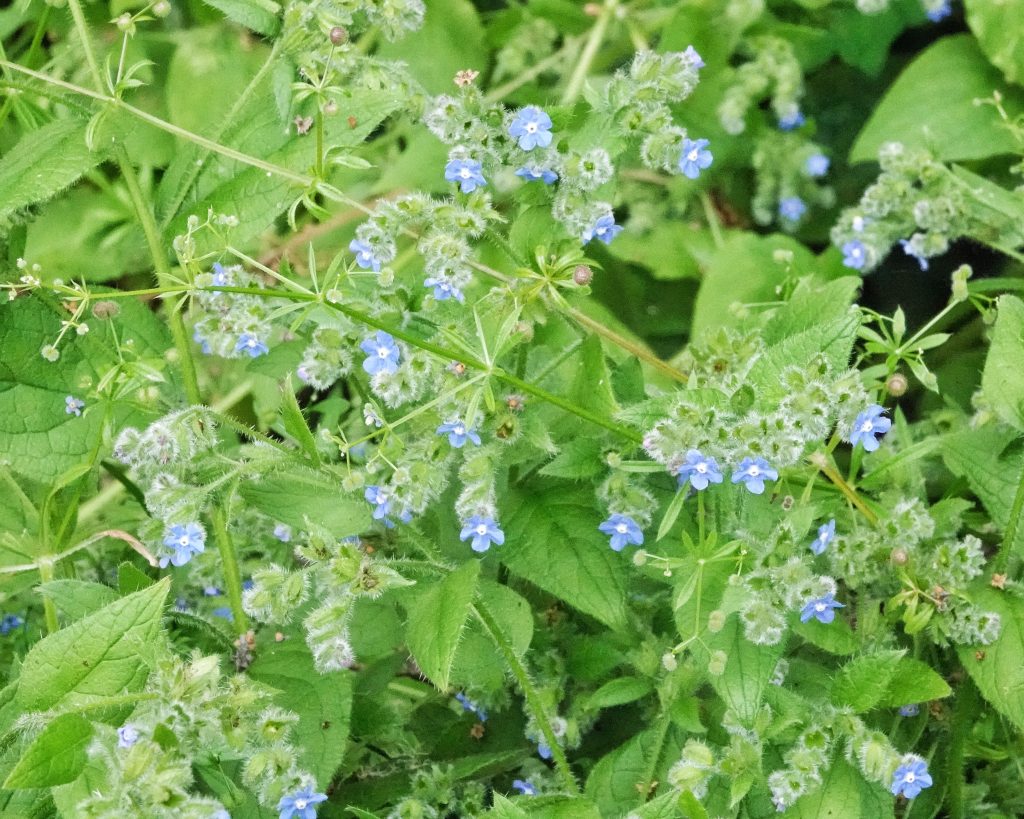
Description– “Hebaceous perennial that grows up to 3.3 feet (1 meter) tall and has deep, thick roots. Plant parts covered in stiff hairs (hispid)…Flowers grow in terminal and axillary clusters (cymes) on long peduncles (flower stems). Clusters are subtended by a pair of leaf-like bracts. Flowers have 5 petals, are radially symmetrical, are blue with white center, and the petals are fused at the base into a tube. Flower stamens are equal and included down in the tube with the style. Flowers 0.4 inches (8-10 mm) in diameter…Basal leaves are on long petioles and grow up to 15.75 inches (40 cm) long. Leaves are ovate (egg-shaped), abruptly contracted at the base and have a pointed tip. Leaves are alternately arranged on the stems and become smaller and more sessile going upward…There are 4 nutlets produced per flower, ridged with knob-like, stalked bases.” Washington State Noxious Weed Control Board
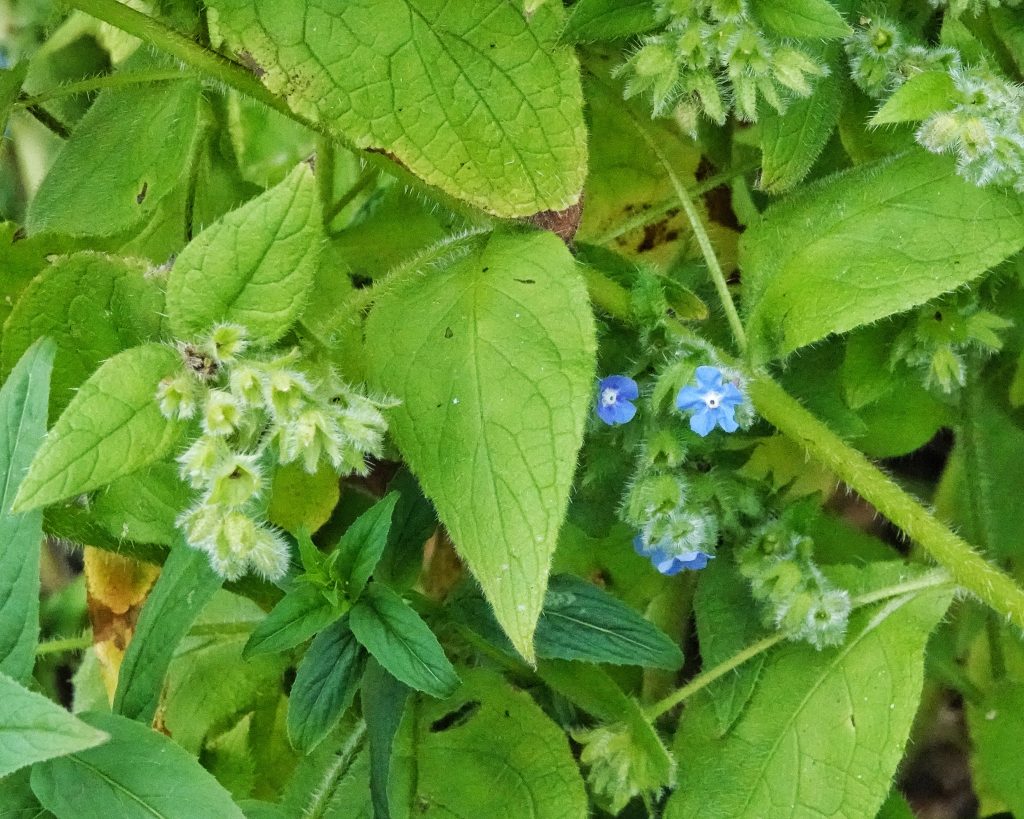
Similar species– annual bugloss (Anchusa arvensis) and common bugloss (Anchusa officinalis)have flowers that are funnel or bell shaped, not flattened discs like Pentaglottis sempervirens; blueweed (Echium vulgare) has flowers that are bilaterally symmetrical, rather than radially symmetrical.
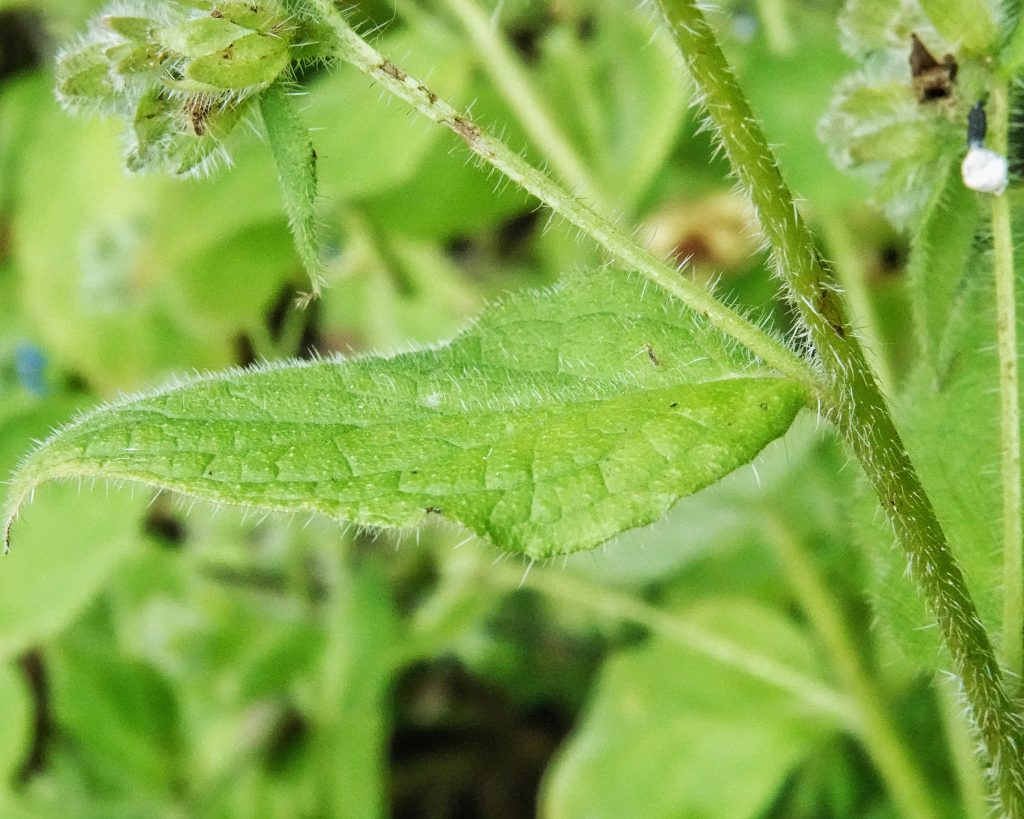
Habitat– “Roadsides, riverbanks, ditches, waste areas, shady forested slopes.” OregonFlora Pentaglottis sempervirens
Range– “ Found in North America along the West Coast, from British Columbia to California, and the Midwest. Populations are also found in Central, Northern, and Eastern Europe, New Zealand, and Southeastern Australia.” Cowlitz County Noxious Weed Control Board
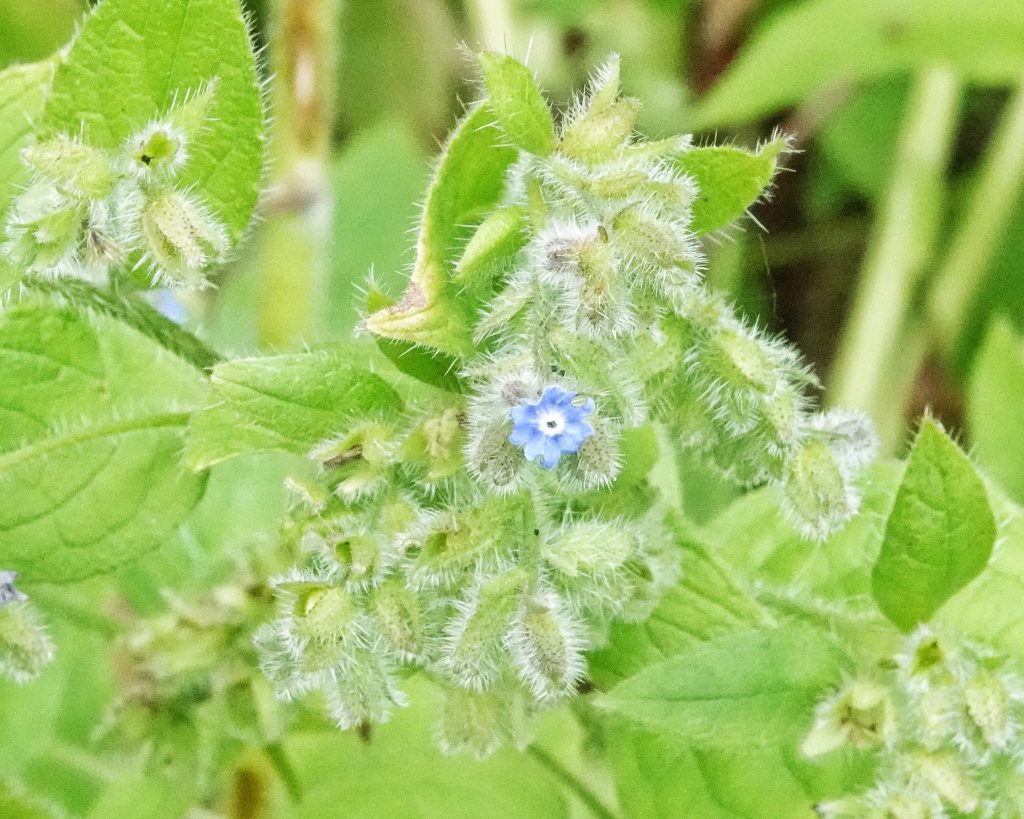
Eaten by– Possibly the leaf beetle Longitarsus quadriguttatus, which is used as a biocontrol for another non-native, invasive borage, Cynoglossum officinale; visited by a wide variety of pollinators, including bees, syrphid flies, moths, and probably several more orders; thought to be unpalatable to browsing mammals.
Reproductive timing– April-July
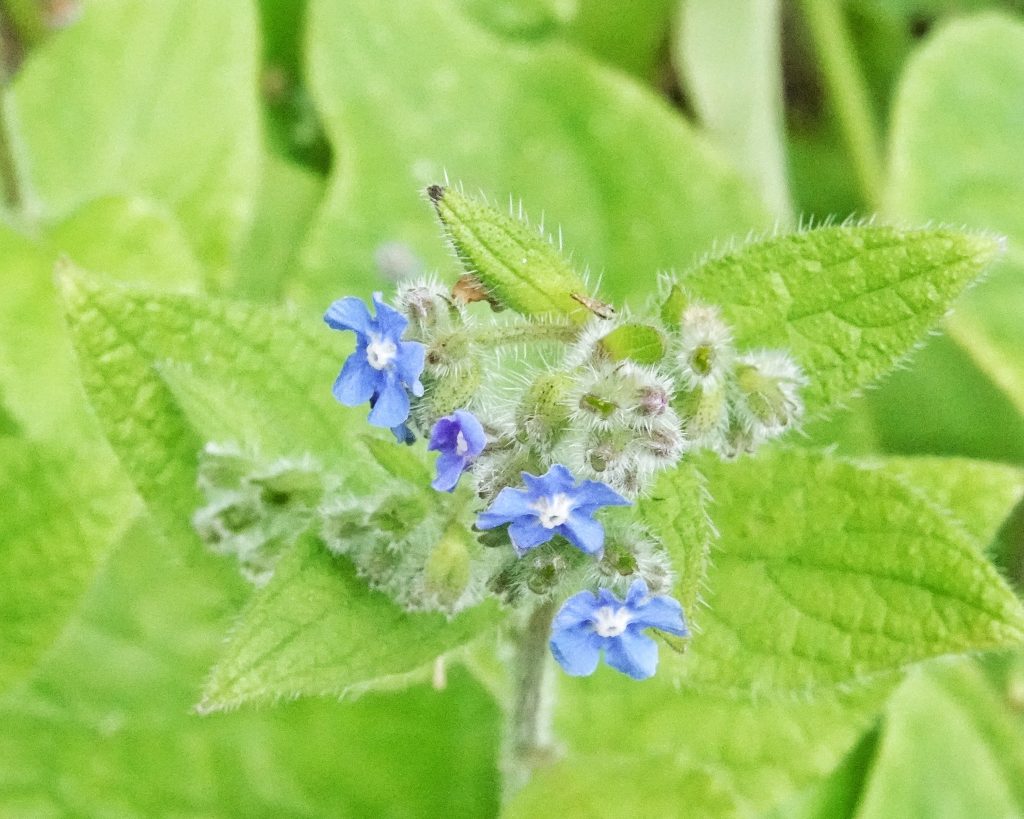
Etymology of names– Pentaglottis comes from the Greek words for ‘five tongues’, and refers to the number and shape of the corolla fornices, which are small appendages in the throat of the flower. The specific epithet sempervirens is from the Latin words for ‘always living’, and refers to the foliage being evergreen and not deciduous.
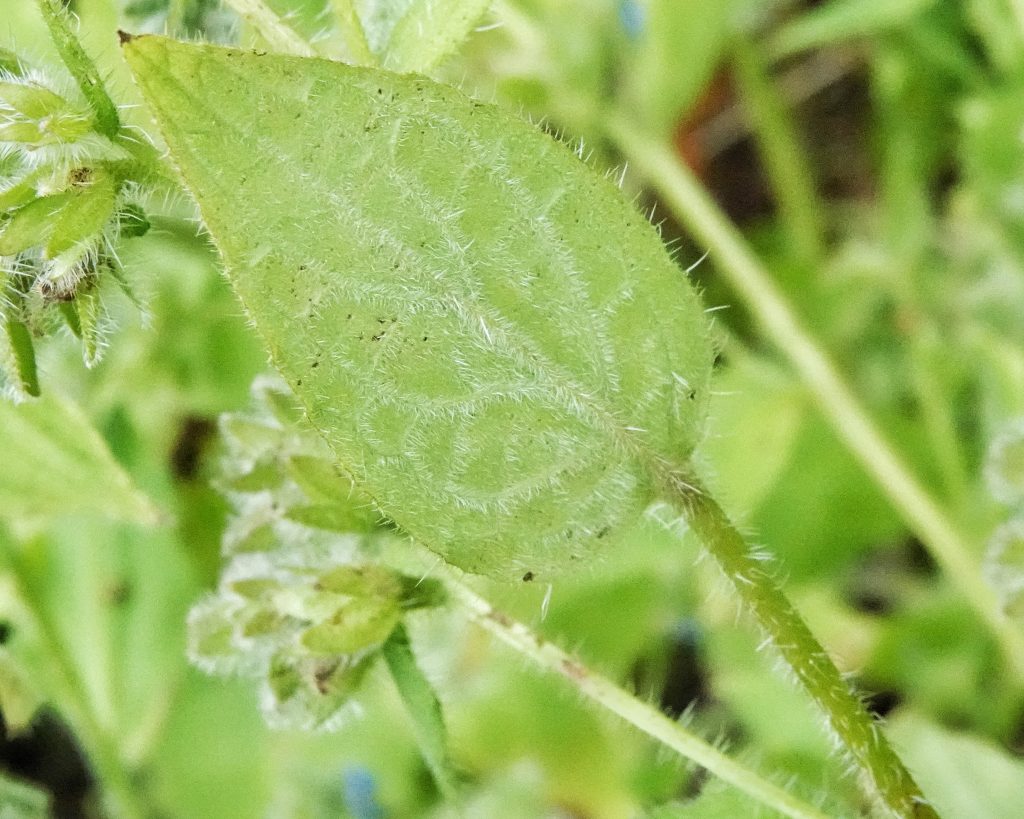
Washington State Noxious Weed Control Board
Pentaglottis sempervirens – Burke Herbarium Image Collection
https://glenlivet-wildlife.co.uk/plants/green-alkanet-pentaglottis-semperviren/
Pentaglottis sempervirens – Green Alkanet
OregonFlora Pentaglottis sempervirens
Pentaglottis sempervirens Evergreen bugloss PFAF Plant Database
Green alkanet: that mystery plant, revealed — Jane Perrone
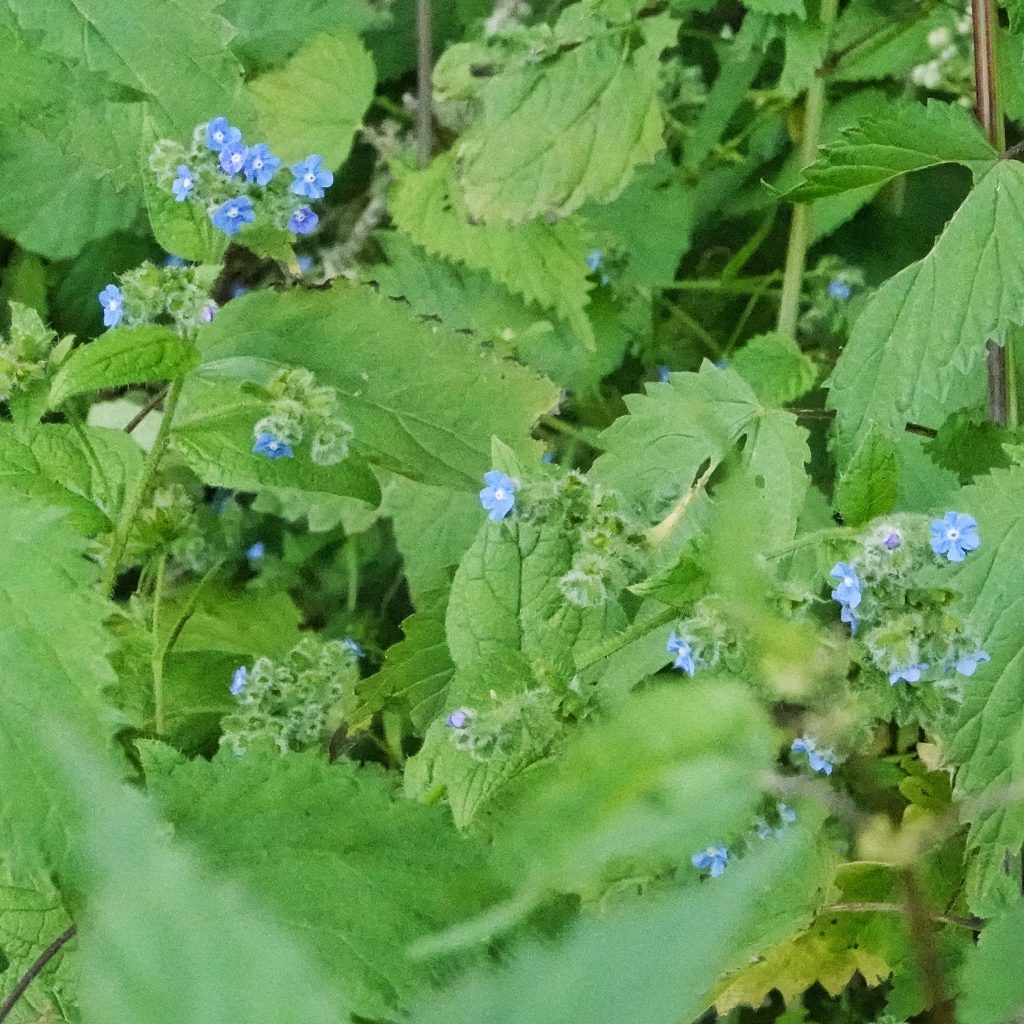
That is really very borage-y. Now I wonder if borage root will also make a dye ?
Possibly. Let us know if it works!